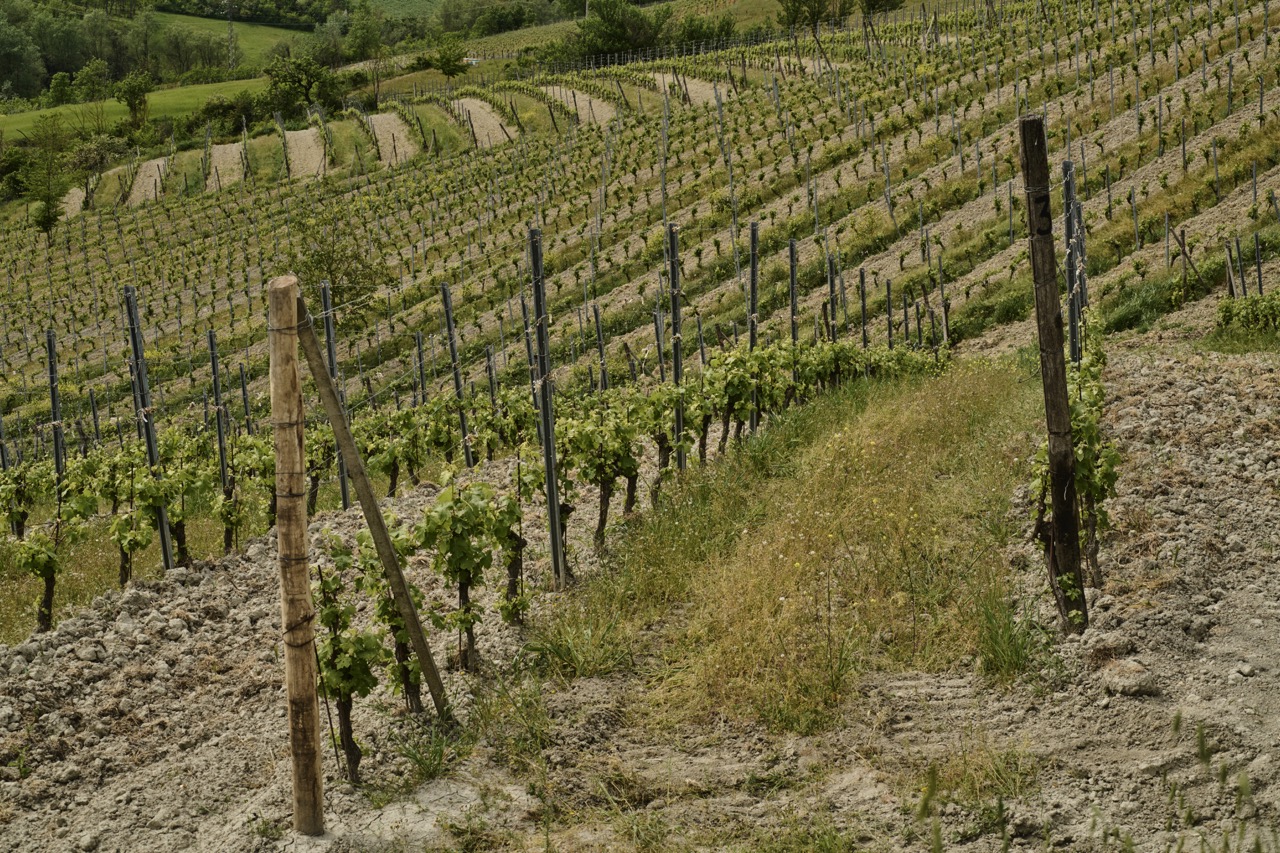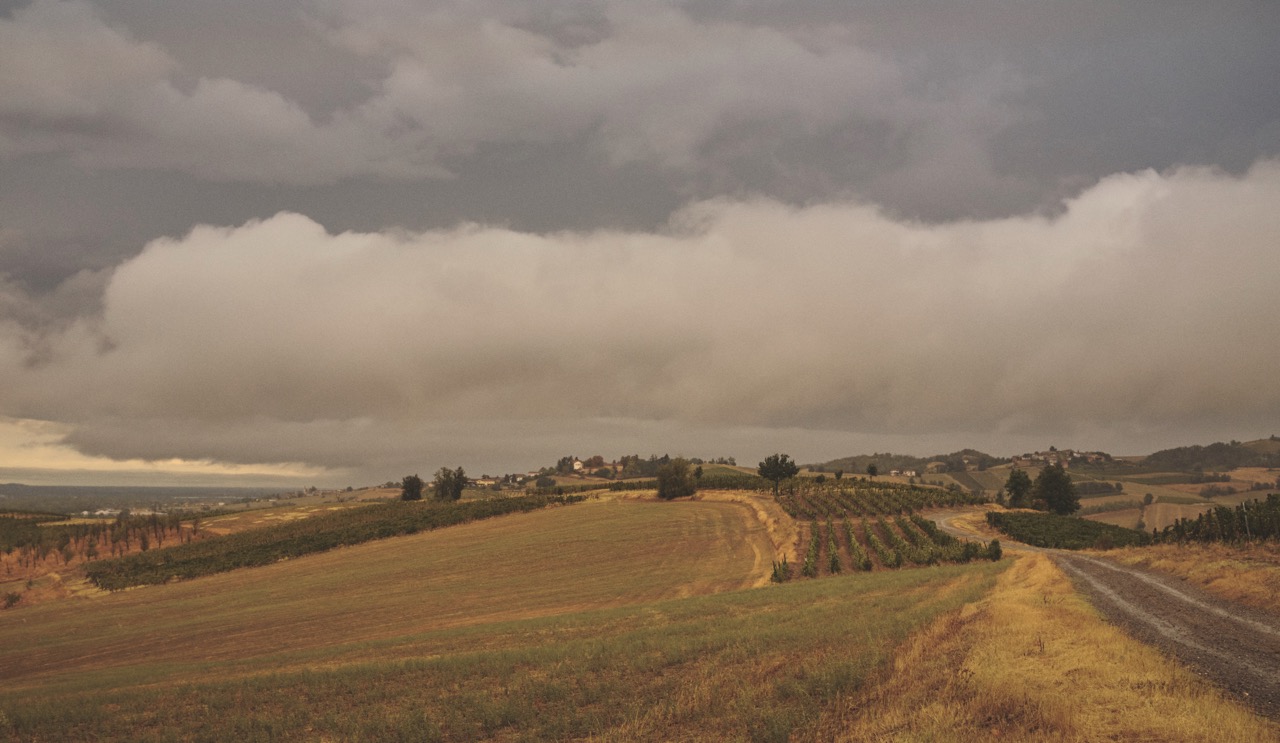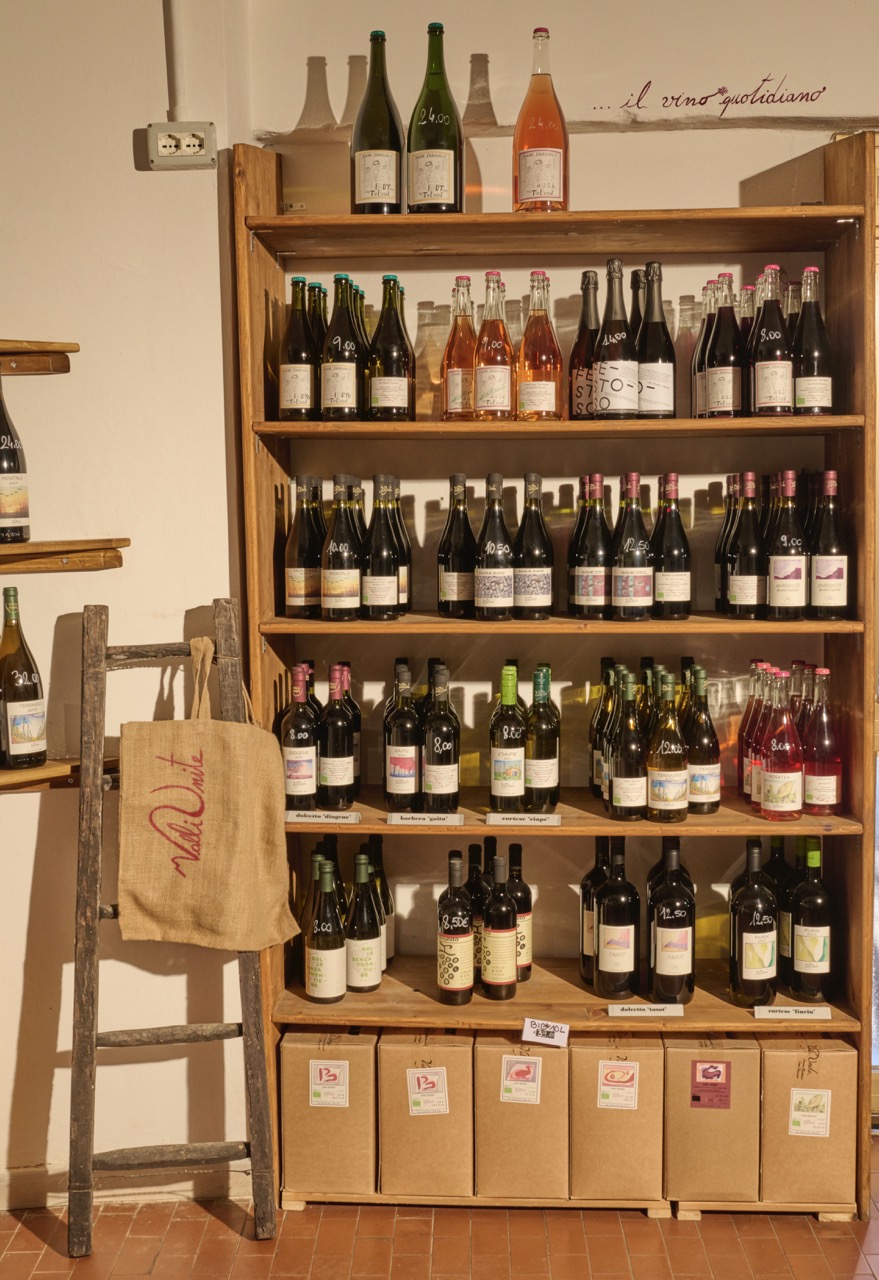All our processes are natural. They respect the lunar calendars’ rhythm and the plant’s life cycle to ensure the care of the soil, the respect of biodiversity and the production of a more authentic wine. For this reason, in collaboration with the Vinnatur association, we take part in continuing education on innovative techniques to use in the vineyard.
The cycle begins with winter cane pruning, followed by the manual tying of the fruiting cane to the underwire, using willow branches. At the beginning of spring we move on to the tying of the green shoots, the bud’s cut, the removal of the spurs and, when September comes, the harvest. All of these are manual and non-mechanized works that allow us to preserve the quality of the raw material and to connect with nature.
This allows us to preserve the biodiversity of the territory: aware of the fact that monocultures impoverish the soil, we sow between the rows a selection of herbs that maintain humidity, microfauna and diversified microflora.

























